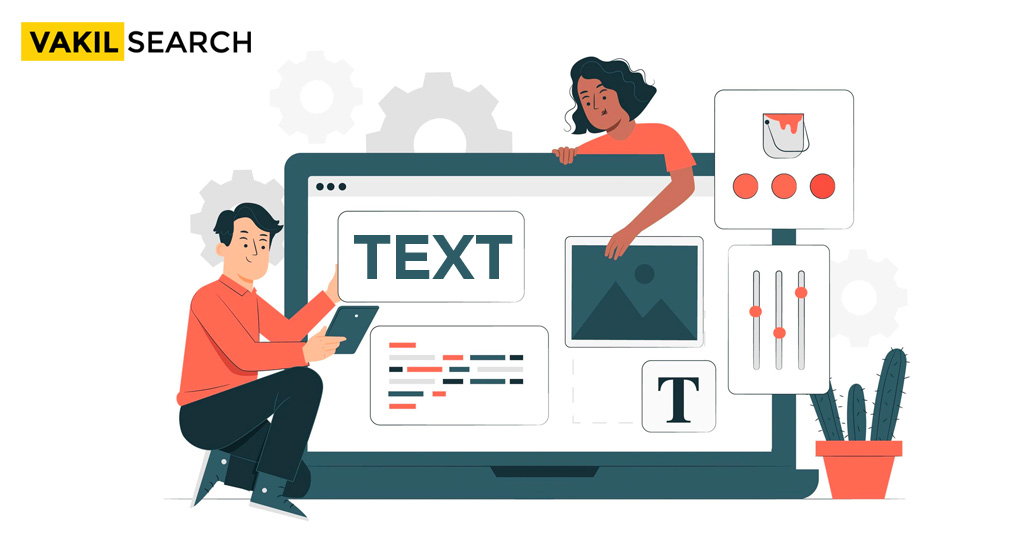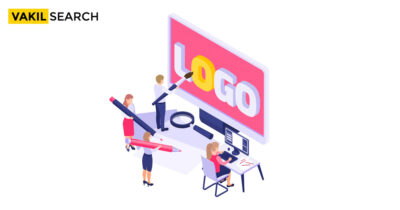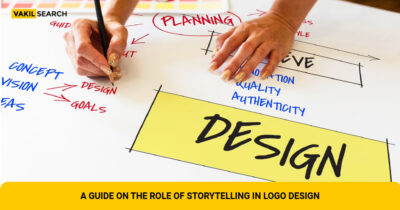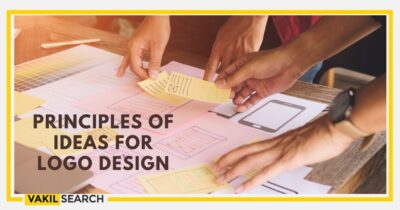In this article, you will learn how to create a creative company logo.
Introduction
If you want to design a logo for your company, you have a unique chance to affect how customers perceive your brand. Everything you want to deliver or show to your prospective customer will reveal more about your company’s identity and presence in the market. Presenting a unified and clear statement about your company’s message from the start is critical.
While creative a logo may appear simple, designing a good one is not always straightforward. It entails extensive market research, intimate knowledge of your buyer personas, and careful consideration of Best Logo principles. In this article, you will learn the steps you need to follow to make a creative logo for your company.
How to Design a Creative Logo for Your Brand?
- Define a brand story: Companies are formed to make money and run successful businesses. You must be able to sell yourself and your product to the consumer. Many marketers will agree that buyers today are growing, and more than general facts about a company or its offering, they connect well with the story behind them. What does this imply for you?
- Your logo should have a story to it. Yes, you heard it right! The company logo should have an emotional connection with the audience; only then will it serve you well. So before considering the look and feel of the company’s logo, you have to ask yourself what the story behind your company is and how the audience will connect to this story.
- Create a list of words that describe your brand: You can move your logo from the story stage to the setting stage. Type keywords that describe your product. Find five to ten words that will help you lay out the entire concept based on what your brand does and the story behind the brand. Each of these words can fit together like puzzle pieces to help you refine a concept and include the emotional aspect of the story behind the brand.
- Ideate sketches based on keywords: Now it’s showtime! You need to put your creativity and artistic capabilities to the test. Grab a pencil and paper and begin sketching every idea that comes to mind. That should include your why and a few keywords to guide you.Allow each new idea to develop on its own. Don’t be discouraged if the first few sketches aren’t exactly what you thought; instead, keep trying and sketching, using previous sketches to make a new sketch according to what you exactly want. You could base these sketches on a shape, your brand’s name, or both.
- Create a buyer’s persona: After you’ve completed making a few reference sketches of the logo, you need to move back to select a few concepts you want to go ahead with. Don’t overthink it; just choose the designs that keep drawing your attention and show them to others. Share these rough draughts with trusted friends, family members, and colleagues. If possible, the idea is to bring these sketches of the people who would eventually fit your buyer’s persona—or ideal customer profile. This gives you the most useful feedback on your artwork because it can predict how customers will perceive your brand, not just those close to you. Prepare for candid feedback and avoid taking criticism personally, as this will only improve and add value to your final logo draft.
- Ascertain the scalability of the logo: Logos are intended to represent your company on multiple platforms, including print, your website, and your social media business pages, as your company grows. You want a logo that can be supersized for a billboard but also be used on a pamphlet, so for that, the logo should be made in a scalable manner, and it is very important to ensure that while it is in the technical process. Once scalability is ensured, the logo is ready to go on designated platforms.
- Create the layout of your logo using a free design platform: It’s time for the technical bit of designing the logo and converting your paper drawing to a digital format. Many free design platforms can recreate your sketch in digital format to bring this design to life. The layout is the most important thing to crack; you must first work on it to get it right. Check that all of your text and shapes are evenly spaced and that the logo is aligned with its exterior. Based on the brand and the story you created, you must choose the appropriate colour, font, and shape for the logo.
- Modify Your Selected Sketch: Review the terms you found when searching for keywords in Step 2 to start refining your logo. Examine your chosen sketch and consider which terms it does not yet capture. Use them to refine your sketch and add back the characteristics you liked best about the designs you didn’t choose, as this will finally give you your final draught of the logo design.
The Takeaway
This article explains the step-by-step process of designing a creative logo for your company. Many designers look out for inspiration and design ideas before finalising one. It is very easy to find design ideas over the internet these days. Still, one should strictly just get inspired by the design ideas and not copy them, as it would not only hamper the creativity of the logo but also put the person copying it at legal risk by other firms. Every year there are new logos and design ideas for companies’ logos on the internet to give a sense to the designers who are willing to create one for a brand.
FAQs on Logos
What is the importance of having a creative logo for a business or brand?
A logo serves as the face of a brand, providing instant recognition. Especially in a diverse market like India, a creative logo helps differentiate a brand from competitors, convey its values, establish trust, and foster brand loyalty.
What are the key elements to consider when designing a creative logo?
Key elements include: Simplicity: Easy to recognise and reproduce. Relevance: Relates to the target audience and business field. Versatility: Looks good in various sizes and mediums. Uniqueness: Avoids cliches and stands out. Timelessness: Endures through trends.
Can you provide some tips on brainstorming ideas for a unique and memorable logo?
Research the industry and competitors. Understand your brand's core values. Sketch initial ideas without overthinking. Think about symbols/icons representative of Indian culture if relevant. Take breaks and revisit with fresh eyes.
What software or tools are commonly used to create professional and creative logos?
Adobe Illustrator is the industry standard for vector-based logos. CorelDRAW and Inkscape are also popular. For beginners, online platforms like Canva and Looka can be useful.
How do you choose the right colours and fonts to make a logo visually appealing and representative of the brand?
Consider colour psychology: e.g., red for passion, blue for trust. Ensure fonts are legible and reflect the brand's personality. For Indian brands, consider traditional colours that resonate locally.
Are there any specific design principles that should be followed to create an effective logo?
Balance for visual stability. Contrast to make elements stand out. Scalability to ensure legibility in all sizes. Appropriate colour schemes. Avoiding too many details for clarity
How can a logo be made versatile enough to be used across different platforms and marketing materials?
Design logos in vector format for scalability. Create variations (vertical, horizontal, icon-only) for different applications. Ensure it looks good in grayscale, monotone, and full colour.
Is it necessary to hire a professional graphic designer to create a creative logo, or can it be done independently?
While DIY tools exist, a professional brings expertise, ensuring the logo's effectiveness, uniqueness, and adaptability. However, if budget is a constraint, using online tools with thorough research can suffice.
Can you explain the process of refining and finalising a logo design to ensure it meets the brand's objectives?
Gather feedback from diverse groups. Test its appearance in various contexts (e.g., business cards, billboards). Refine based on feedback, ensuring alignment with brand values. Finalise with variations for different applications.
What are some common mistakes to avoid when attempting to make a creative logo for a business or brand?
Following trends blindly. Making it too complex. Using stock images or icons. Not considering cultural sensitivities, especially in a diverse market like India. Overlooking scalability and adaptability.
Read more:









